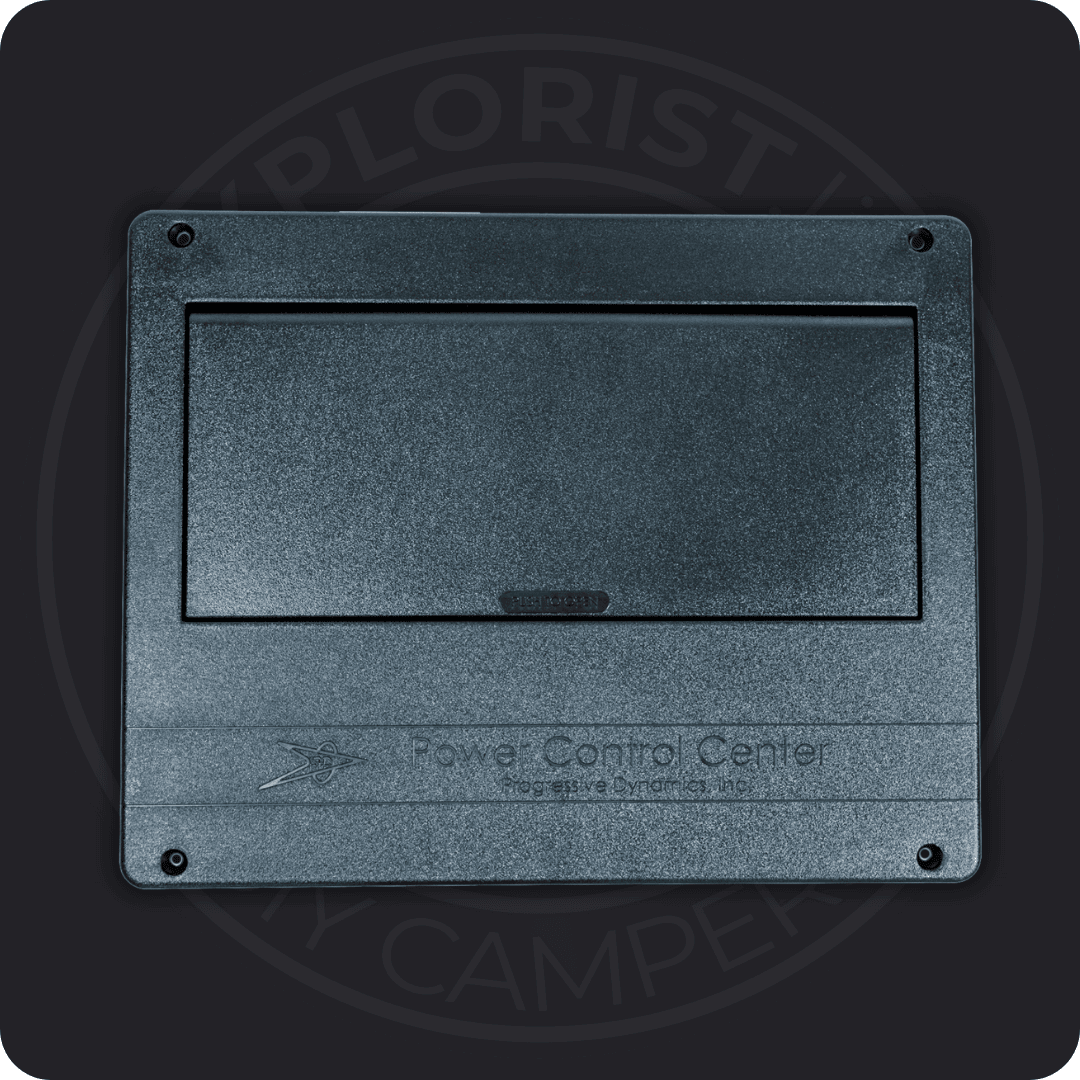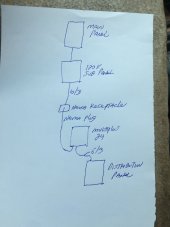Ok this is a multipart question.
I am planning on running a 120v subpanel which will then connect to a Nema outlet and plug that will be used to connect the Multiplus to the grid as needed. I elected to use 10/3 wire (30 amps) due to the cost of 8/3 ( 50 amps).
From the Multiplus, I will take the AC out and place in a distribution panel which will go to numerous locations in the house.
I am aware of the need to separate the neutral and ground on the subpanel in order to avoid what has been called objectionable current.
The Multiplus requires a ground. Would I be able to attach it to the ground in the outlet which houses the Nema plug since it ties back to the subpanel and then back to the main?
Does the AC output of the Multiplus feed back in any way. In other words, if there is a short in one of the lines from the distribution box from the Multiplus, does it feed back through the unit to the AC source, the metal case ground of the Multiplus, or is a separate ground feed needed?
I am planning on running a 120v subpanel which will then connect to a Nema outlet and plug that will be used to connect the Multiplus to the grid as needed. I elected to use 10/3 wire (30 amps) due to the cost of 8/3 ( 50 amps).
From the Multiplus, I will take the AC out and place in a distribution panel which will go to numerous locations in the house.
I am aware of the need to separate the neutral and ground on the subpanel in order to avoid what has been called objectionable current.
The Multiplus requires a ground. Would I be able to attach it to the ground in the outlet which houses the Nema plug since it ties back to the subpanel and then back to the main?
Does the AC output of the Multiplus feed back in any way. In other words, if there is a short in one of the lines from the distribution box from the Multiplus, does it feed back through the unit to the AC source, the metal case ground of the Multiplus, or is a separate ground feed needed?




